How do you design a school for design students? For Singapore Polytechnic, the environment had to help shape students’ design thinking, inspire and spark new ideas and discourse.

September 15th, 2014
For its new design school, Singapore Polytechnic was naturally looking to build an environment that would inspire greater creativity, discourse and collaboration amongst its students and teachers.
“The approach was to create a form of ‘living lab’ or a ‘studio incubator’ that encouraged openness, innovation and experimentation,” says RSP Architects Planners & Engineers.
To that end, the architects have created an open and transparent learning environment through the generous use of glass and open views into the studios. Double volume spaces within studios allow natural light to penetrate the interior, while enabling activities from inside to be viewed from the central corridor above. A variety of gallery spaces, studios, outdoor refreshment areas, and rooftop and landscaped plazas also offer different learning environments that students and lecturers can utilise creatively.
Four matured Ficus trees on site had to be conserved. Taking them as inspiration, the building facade loosely reflects a tree-house form, with the studios situated atop the design laboratories.
One of the challenges facing this project was a sloping terrain. To mitigate the loss of green views, “a stepped landscaping approach was adopted” says the architecture firm.
A green roof deck wraps around and connects the four academic blocks, while stepped landscaped decks cascade down towards the inner courtyard, integrating with the four Ficus trees.
Aside from considerations for the surrounding landscape, the architects have also made a strong statement on sustainability with the extensive incorporation of green features. The most efficient energy performance values for managing indoor environmental air quality, cooling and day lighting were determined using design tools. Holistic environmental simulations were also carried out to define standards for glazing, building materials, finishing and ambient air temperature.
The school, which was awarded BCA’s Green Mark Platinum Award, is expected to be able to enjoy potential energy savings of more than 30% each year or 2,153, 835 kWh.
Photos courtesy of Singapore Polytechnic
RSP Architects Planners & Engineers
rsp.com.sg
INDESIGN is on instagram
Follow @indesignlive
A searchable and comprehensive guide for specifying leading products and their suppliers
Keep up to date with the latest and greatest from our industry BFF's!

A longstanding partnership turns a historic city into a hub for emerging talent

Gaggenau’s understated appliance fuses a carefully calibrated aesthetic of deliberate subtraction with an intuitive dynamism of culinary fluidity, unveiling a delightfully unrestricted spectrum of high-performing creativity.

For Aidan Mawhinney, the secret ingredient to Living Edge’s success “comes down to people, product and place.” As the brand celebrates a significant 25-year milestone, it’s that commitment to authentic, sustainable design – and the people behind it all – that continues to anchor its legacy.
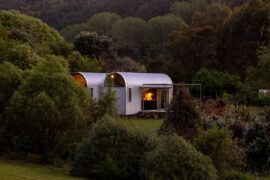
Projects and people from across our region were certainly prominent at the 2025 INDE.Awards gala and in particular, Aotearoa/New Zealand, Singapore and Thailand made their presence felt.
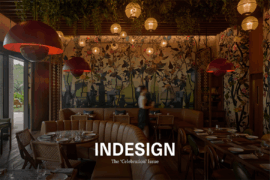
The latest print magazine is about to arrive! With Guest Editor Colin Seah of Ministry of Design (MOD), Singapore flooding our world with love, we are ready to party in style!
The internet never sleeps! Here's the stuff you might have missed
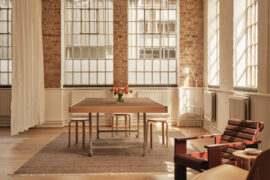
THISS Studio has completed the interior fit out of a flexible office and creative space in east London for independent communications studio, SALT.
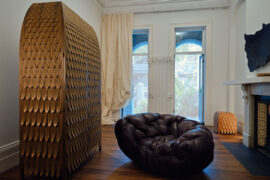
Trent Jansen’s first Sydney solo exhibition in years celebrates the poetry and stories that grow from collaborative making as well as the importance of co-creation.
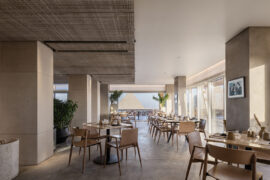
Pedrali’s Nemea collection, designed by Cazzaniga Mandelli Pagliarulo, marks 10 years of refined presence in hospitality and commercial spaces around the world. With its sculptural timber form and enduring versatility, Nemea proves that timeless design is never out of place.